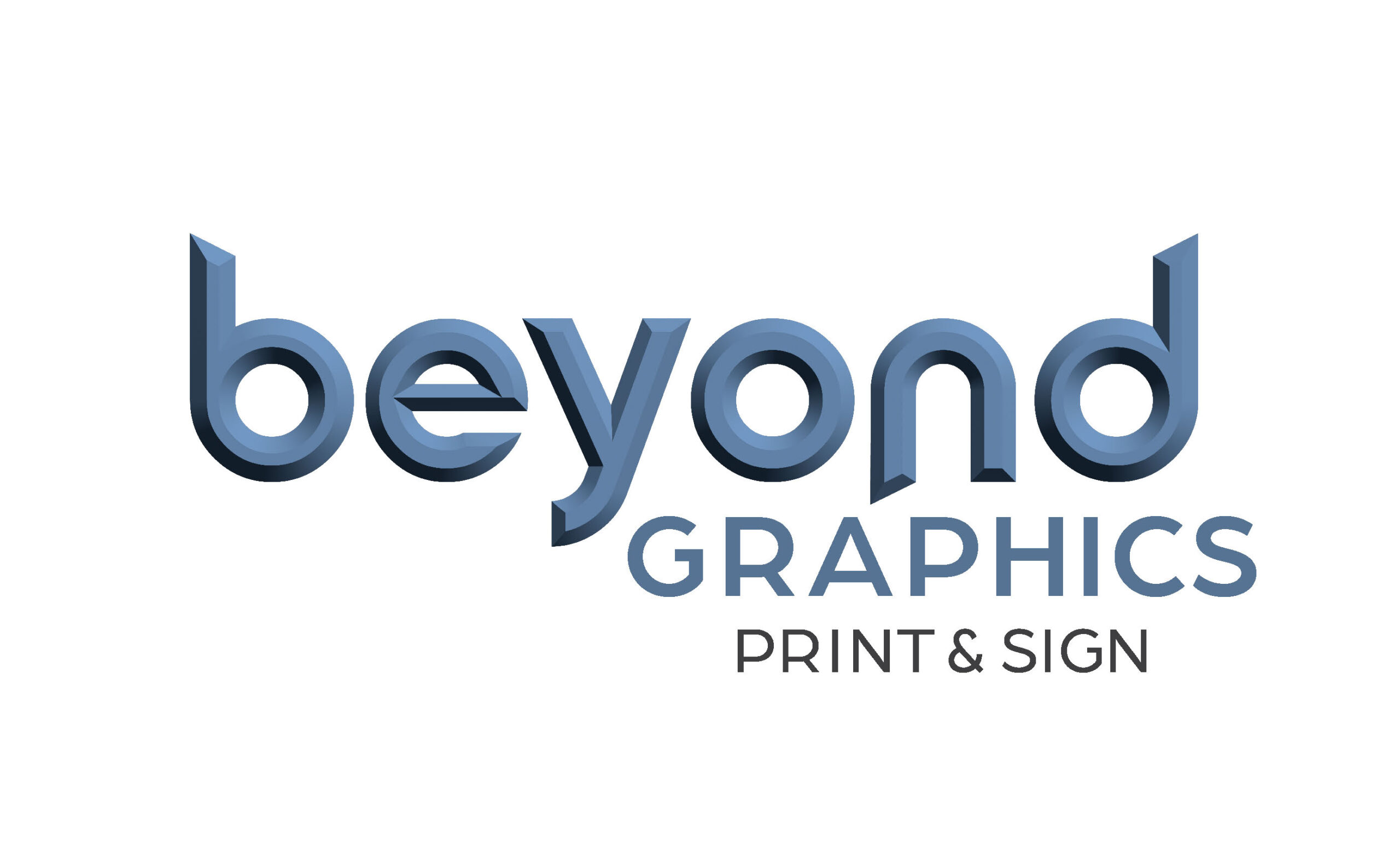The Impact of Color Psychology in Signage Design
- Beyond Graphics
- No Comments
In the world of visual communication, colors play a crucial role beyond aesthetics—they evoke emotions, convey messages, and influence decision-making. When it comes to signage design for your business, understanding color psychology can significantly enhance the effectiveness of your messaging and branding. Let’s explore how different colors can evoke specific emotions and perceptions, and how you can strategically use this knowledge in your signage design.

Understanding Color Psychology
Color psychology studies how colors affect human behavior and emotions. Different colors can evoke different feelings and associations, often at a subconscious level. Here’s a breakdown of common colors and their psychological effects:
Red: Often associated with passion, urgency, and excitement. It can stimulate appetite and encourage impulse buying, making it a popular choice for clearance sales and food-related businesses.
Blue: Evokes trust, professionalism, and security. It’s commonly used by banks, tech companies, and healthcare providers to instill a sense of reliability and competence.
Yellow: Represents optimism, warmth, and clarity. It grabs attention and is often used to highlight important information or for cautionary signs.
Green: Symbolizes growth, health, and nature. It’s associated with eco-friendliness and relaxation, making it suitable for environmental initiatives and wellness businesses.
Purple: Signifies luxury, creativity, and royalty. It’s used to create a sense of exclusivity and sophistication, often seen in beauty products and high-end services.
Orange: Combines the energy of red and the cheerfulness of yellow. It’s attention-grabbing and signifies enthusiasm and vitality, making it suitable for promoting discounts or limited-time offers.
Applying Color Psychology in Signage Design
Your signage should be easy to read and visually appealing from a distance. Consider factors like font size, contrast, and lighting to ensure readability both day and night. High-contrast colors and clear, concise messaging will help your signage stand out amidst distractions.
Understand Your Brand Personality: Choose colors that align with your brand’s values and personality. For example, a modern tech startup might opt for sleek blues and grays, while a vibrant café might use warm tones like orange and brown.
Consider Context and Audience: Different cultures and demographics may interpret colors differently. Research your target audience and consider cultural sensitivities when selecting colors for your signage.
Create Contrast and Readability: Ensure that your text contrasts well with the background color for optimal readability. High contrast colors (e.g., black text on a white background) are generally easier to read from a distance.
Use Colors Strategically: Direct attention where you want it. Use bold colors for calls-to-action or important information to draw attention and guide customers’ behavior.
Test and Iterate: Don’t be afraid to experiment with colors and monitor the impact on customer behavior and engagement. A/B testing different color schemes can provide valuable insights into what resonates best with your audience.
Color psychology is a powerful tool in signage design that can influence customer perceptions, emotions, and behavior. By strategically selecting colors that align with your brand and resonate with your audience, you can create signage that not only attracts attention but also effectively communicates your message and enhances your brand’s identity. Whether you’re designing a storefront sign, promotional banners, or directional signage, thoughtful consideration of color psychology can make a significant difference in how your business is perceived and remembered.
Remember, the key is to understand your audience, align your color choices with your brand identity, and test to find the most effective combinations for your specific goals. Harness the power of color psychology to elevate your signage and drive meaningful engagement with your customers.
